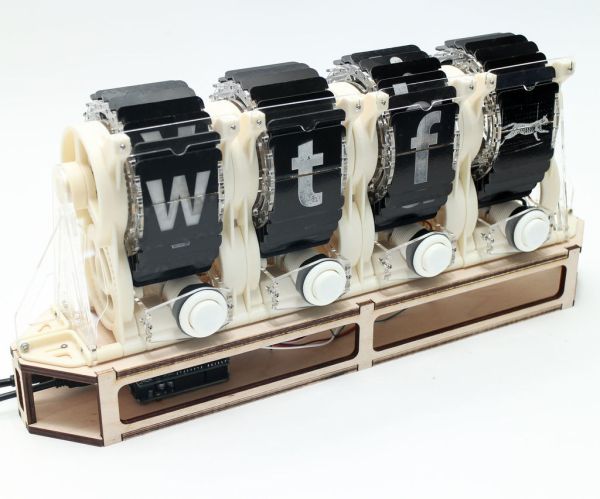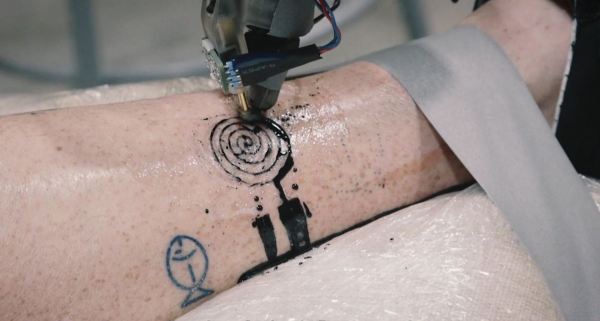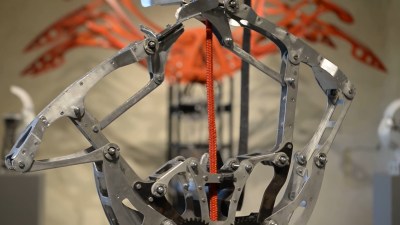Before the information age, it wasn’t quite as easy to glean information about the weather. Sure, there were thermometers and barometers and rhymes about the sky, but if you lived in or near Germany back then you might have also had access to something called a “weather house” which could help predict rain. [Moritz] aka [Thinksilicon] found one of these antequated devices laying around, and went about modernizing it. (Google Translate from German)
A traditional weather house is essentially a hygrometer housed in an intricate piece of artwork. Two figures, typically a man and woman, are balanced on a platform that is suspended in the middle by a small section of horsehair. When the humidity is low, the hair tightens up and turns the platform one way, and when humidity is high — suggesting rain is coming — it turns the other way. When the man comes out of the house, it predicts rainfall.
To get the weather house upgraded, [Moritz] outfitted the front with an OLED display which replaced the traditional thermometer. Instead of using horsehair to spin the figures he installed a small servo on the platform. The entire house is controlled by an ESP8266 which pulls data from the Open Weather API and spins the figures based on the information it receives.
Much like unique clocks, we enjoy interesting weather indicating/forecasting builds. This one’s right up there with using squirrels to predict the weather, or having a small weather-recreation right on your bookshelf.


















